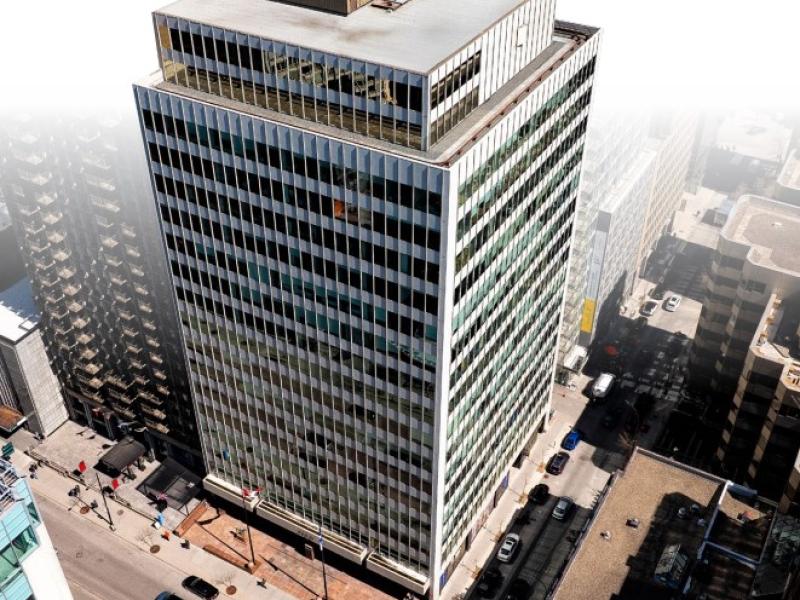The number of condominium apartment rental transactions reported through the Toronto Real Estate Board’s MLS system in the first quarter of this year was 6.5 per cent higher than the same period in 2015.
 “Condominium apartments have accounted for much of the new rental stock available in the Greater Toronto Area (GTA) over the last few years,” said Toronto Real Estate Board (TREB) director of market analysis Jason Mercer. “Comparatively speaking, we have not seen near as much construction activity for purpose-built rental units.”
“Condominium apartments have accounted for much of the new rental stock available in the Greater Toronto Area (GTA) over the last few years,” said Toronto Real Estate Board (TREB) director of market analysis Jason Mercer. “Comparatively speaking, we have not seen near as much construction activity for purpose-built rental units.”
TREB recently issued its 2016 first-quarter rental market report, and its results nicely complement information from the Canada Mortgage and Housing Corporation’s “Fall 2015 Greater Toronto Area Rental Market Report.”
More than 100,000 rental condos
The TREB report showed most of the growth in the GTA’s rental housing stock came from rented condos. The estimated number of rented condo units grew to 105,317 in 2015 from 92,257 in 2014. That increase in supply was sufficient to increase the condo vacancy rate to 1.8 per cent from 1.3 per cent. The overall demand for condo rentals remained strong in the face of significant increases in supply.
The purpose-built apartment vacancy rate remained unchanged at 1.6 per cent in 2015 from the previous year. Smaller purpose-built apartments likely faced more competition from the secondary rental market than larger units since most new condo rentals were one- and two-bedroom units.
While the supply of rental condos increased by 14 per cent in 2015 from the previous year, demand increased slightly faster as the share of rental condo apartments rose to 30.1 per cent in 2015 from 28.9 per cent in 2014. Even though renters paid an average of 50 per cent more for a condo unit compared to a purpose-built rental unit, newer finishes, better amenities and locations continued to attract interest.
“The number of condominium apartment units listed for rent at some point during the first quarter was down in comparison to Q1 2015,” Mercer said of TREB’s 2016 data. “Some of this could have to do with the ebb and flow of new condominium apartment completions and strong absorptions of available inventory.”
Condo rent increases
The average one-bedroom condo apartment rent was $1,662 in the first quarter, up 4.8 per cent from the first quarter in 2015. The average two-bedroom condo apartment rent climbed by 8.9 per cent to $2,375.
“One-bedroom condominium apartments generally account for the single greatest share of units rented during a quarter,” said Mercer. “Two-bedroom apartments are the second most popular unit type.
“TREB sees substantially more rental condominium apartment listings and transactions compared to condominium townhouses. This likely reflects development trends in the GTA more broadly over the past decade, with condo apartments accounting for an increasing share of new home construction.”
Rental transactions increasing year-over-year and the number of units decreasing suggests there’s more competition between renters compared to a year ago. Mercer therefore believes it’s likely the rental market will remain sufficiently tight to sustain above-inflation average rent growth this year.







